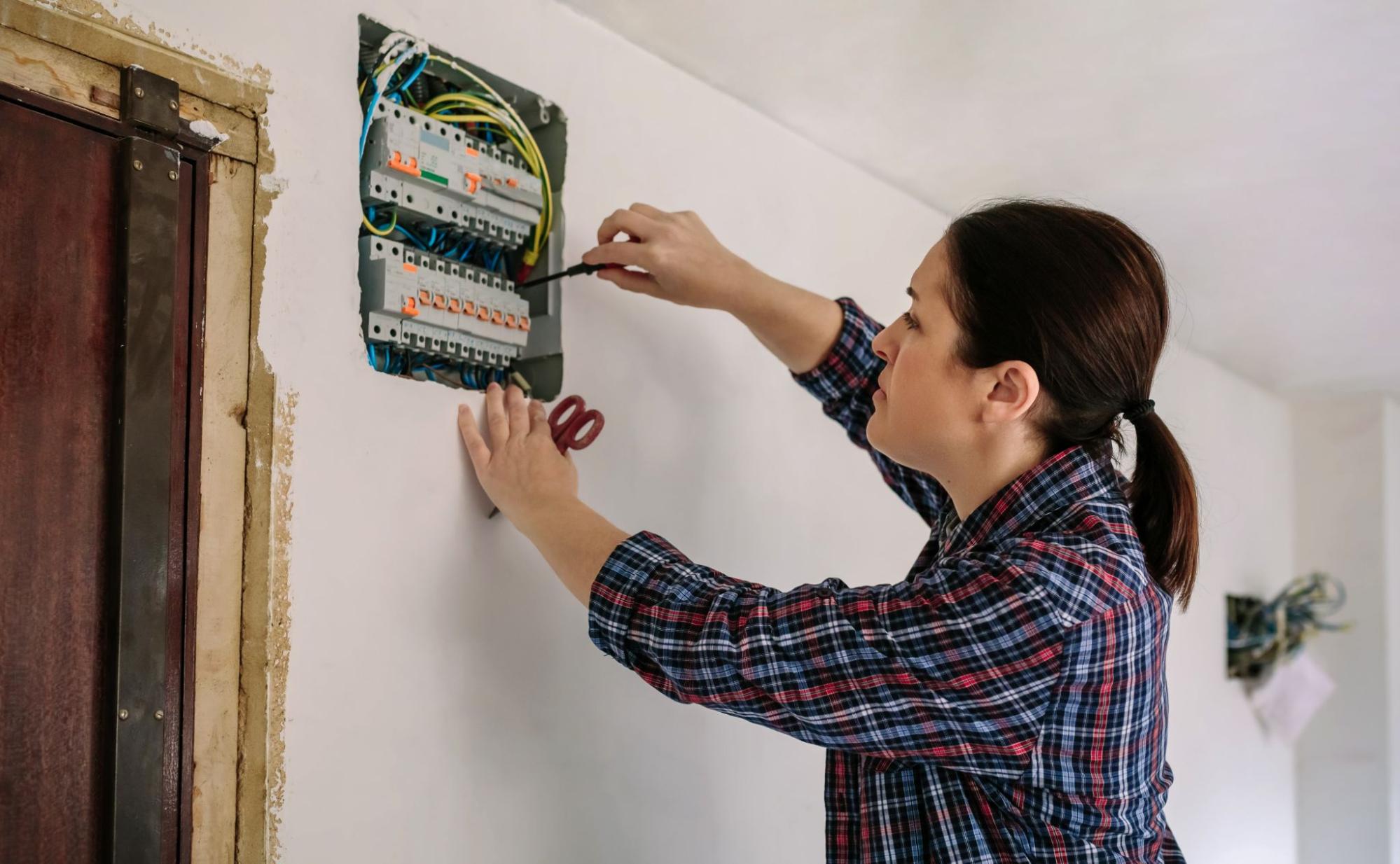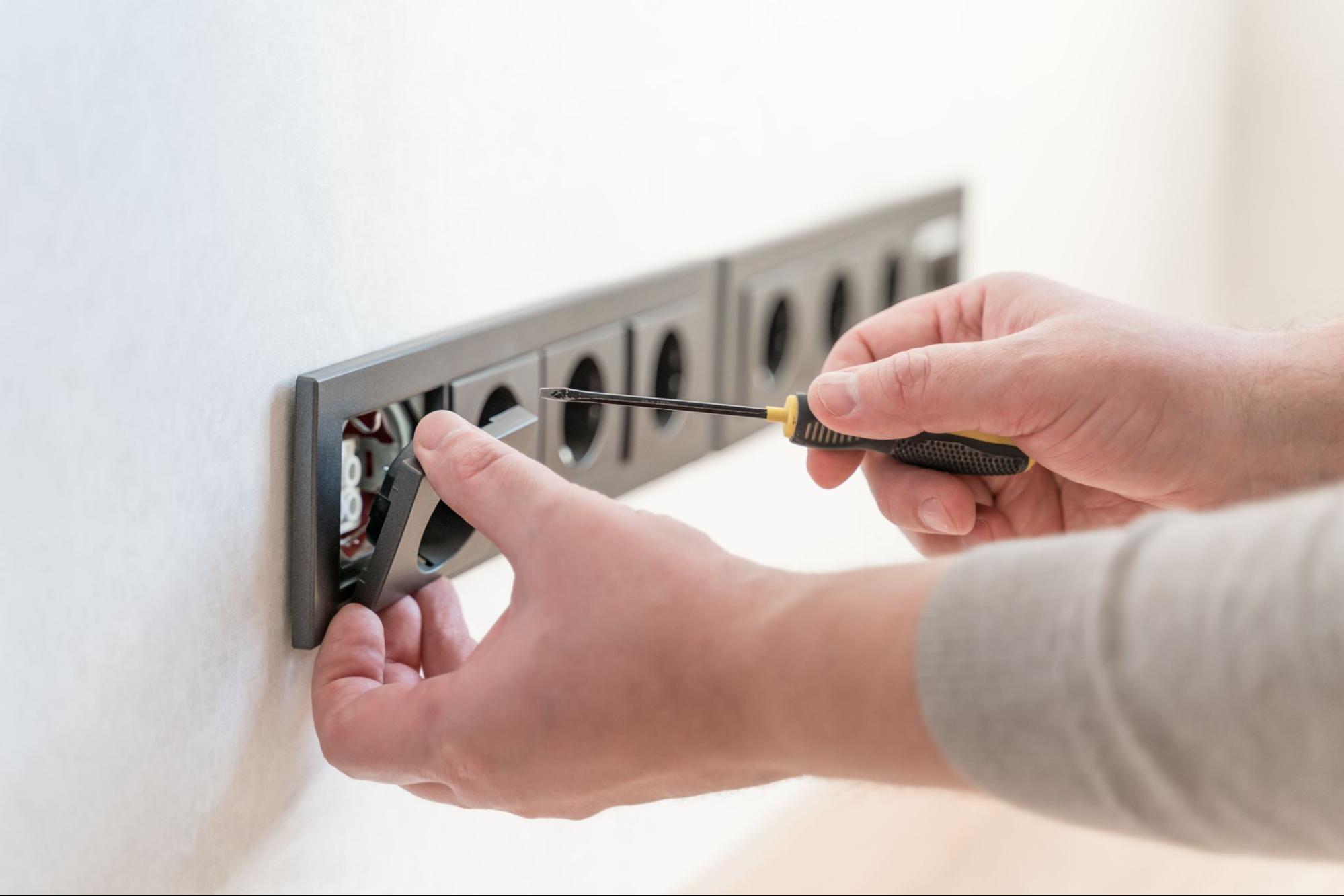
If you own a building or a home, you likely have an electrical system that powers your lights, appliances, and other devices. Electrical systems are essential for modern living but can also be dangerous if improperly maintained. Preventative maintenance is crucial for electrical systems to ensure safety, efficiency, and regulation compliance. In this article, we will provide you with tips for preventative maintenance of electrical systems.
Developing an Electrical Preventive Maintenance Plan is the first step toward properly maintaining your electrical system. This plan should include a schedule of regular inspections, testing, and maintenance tasks that need to be performed to keep it running smoothly.
The next step is conducting effective maintenance tasks. These tasks can include cleaning, tightening connections, and replacing worn-out components. Regular maintenance and inspections can reduce the possibility of failures, costly repairs, and downtime.

A preventive maintenance plan for your electrical system is crucial to ensure its reliability, safety, and efficiency. Here are some steps to help you develop an effective electrical preventive maintenance plan.
Before creating a preventive maintenance plan, you need to assess your electrical system’s needs. This includes identifying critical equipment, determining the frequency of inspections and maintenance, and evaluating the risks associated with each component. Electrical preventive maintenance software can help you manage your system and track your maintenance activities.
Once you have assessed your electrical system’s needs, you can create a maintenance schedule. This schedule should include regular inspections, preventive maintenance tasks, and any necessary repairs. You should also prioritize your maintenance activities based on each component’s criticality and the potential impact of failure.
Documentation is a critical part of any preventive maintenance plan. You should keep a record of all inspections, maintenance activities, and repairs. This documentation can help you track the condition of your electrical system and plan future maintenance. It can also help you demonstrate compliance with regulatory requirements and industry standards.
To ensure compliance, you should develop a checklist that includes all the necessary maintenance tasks and inspections. You can use this checklist to create work orders and assign tasks to your maintenance team. Regular inspections and preventive maintenance tasks can reduce the possibility of failures, costly repairs, and downtime.
Developing an electrical preventive maintenance plan is essential to ensure your electrical system’s safety, reliability, and efficiency. By assessing your needs, creating a maintenance schedule, and documenting your activities, you can reduce the risk of failures and ensure compliance with regulatory requirements and industry standards.

Conducting effective maintenance tasks is crucial to ensure your electrical systems’ dependability, efficiency, and safety. Here are some essential tasks that you should perform regularly:
Regular inspections are crucial for identifying potential issues before they lead to failures. Inspect electrical panels and wiring for damage or loose connections. Check that transformers, electrical connections, cables, circuit breakers, and wiring are correctly installed and secured. Monitor temperature and voltage levels to detect any abnormalities. Use visual inspection and sensors to identify any machinery or equipment malfunctioning or experiencing excessive wear and tear.
Cleaning and servicing key components, such as motors, protective devices, and bearings, is essential to ensure proper operation. Regular lubrication of bearings can prevent wear and tear, reduce friction, and extend their lifespan. Protective devices, such as circuit breakers and insulation, should also be cleaned and serviced to ensure they are functioning correctly and not at risk of failure.
Identifying and addressing common electrical issues, such as loose connections and grounding problems, is essential to prevent costly repairs and downtime. Use vibration analysis to detect any issues with machinery or equipment that may be causing issues. Address any grounding issues to prevent electrical shocks and other safety hazards.
By performing regular maintenance tasks, you can reduce the possibility of failures, costly repairs, and downtime. Analyze the essential elements and assignments for your maintenance plan to ensure the proper operation of your electrical infrastructure.
Maintaining your electrical system is crucial to ensuring reliability, safety, and efficiency. This article covers several preventative maintenance tips that can help you keep your electrical system in top condition.
Regular inspections are key to identifying potential issues before they lead to failures. You should inspect your electrical system periodically to check for signs of wear and tear, loose connections, and other potential hazards. Inspections are recommended to be performed at least annually, but more frequent inspections may be necessary depending on the type of system and its usage.
In addition to inspections and cleaning, regular maintenance tasks on your electrical system are important. These can include lubricating moving parts, tightening loose connections, and replacing worn-out components. For guidance on specific maintenance tasks, you should refer to your electrical system’s user manual or consult with a professional electrician.
Finally, working with a trusted and experienced professional is vital when maintaining your electrical system. Kaminskiy Care and Repair offers various electrical services, including preventative maintenance, inspections, and repair. Our team of licensed and certified electricians can help you keep your electrical system in top condition and ensure its safety and reliability. Contact us today!
An electrical preventive maintenance checklist should include critical components such as electrical panels, distribution systems, circuit breakers, fuses, wiring, and grounding systems. It should also include testing of backup systems, battery banks, and surge protection devices.
Electrical systems should undergo preventive maintenance at least once a year. However, the maintenance frequency depends on the equipment’s type and age, the operating conditions, and the manufacturer’s recommendations. It is recommended to consult with a licensed electrician to determine the optimal maintenance schedule for your electrical systems.
The best practices for conducting electrical preventive maintenance include the following: